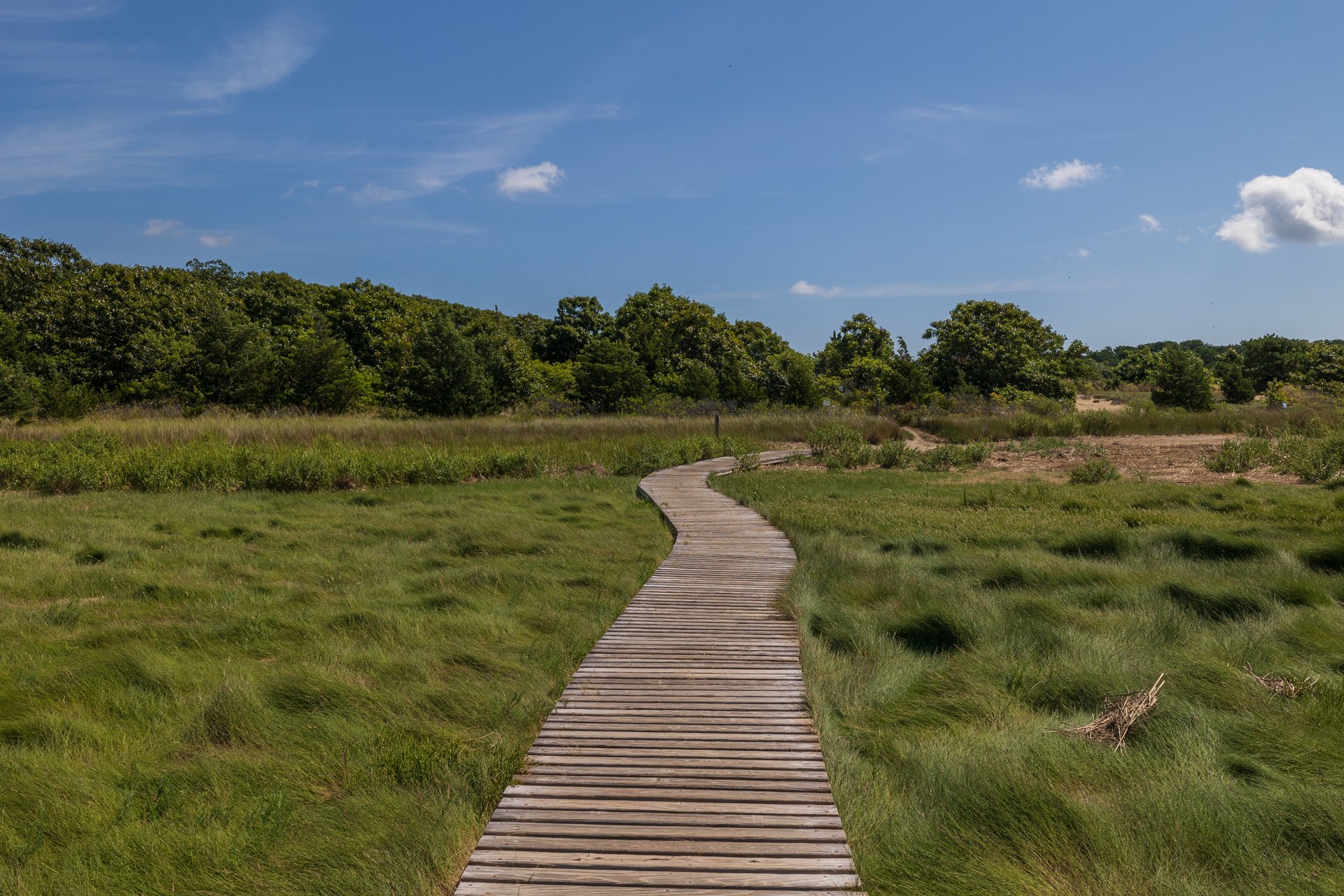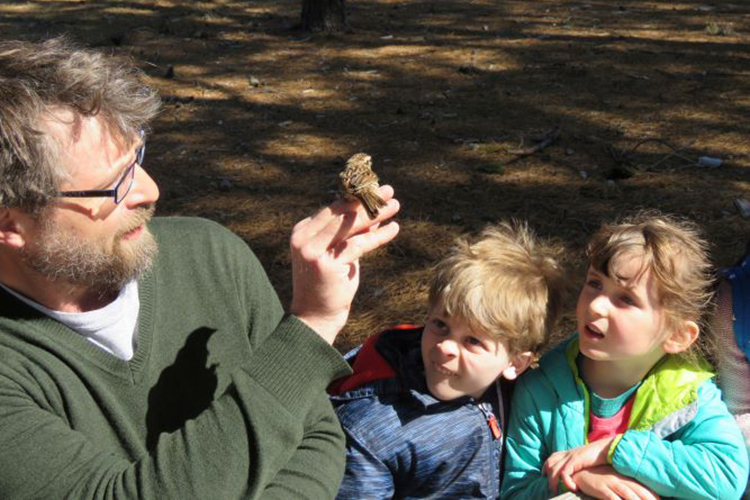Conservation Projects at Wellfleet Bay
Bird Banding at Wellfleet Bay
Done consistently and over many years, bird banding allows scientists to track significant changes in bird populations, such as species distribution and abundance. The primary goal of banding at Wellfleet Bay is to understand and monitor how migrating and year- round birds use the sanctuary’s different habitats.
Information about which species were captured where and when helps guide our work to preserve rare grass and heathlands, as well as woods, coastal thickets, and shorelines that birds use to find food, shelter, and nesting places.
How We Band Birds
Our banding station operates under a federal permit during spring and fall migration. Bird safety is paramount and mist nets are checked every 30 minutes to avoid injuring captive birds.
Banding does not take place on days that are too windy, hot, or cold. Once carefully extracted from the net, birds are placed in clean cotton bags to reduce stress until they’re ready for weighing, measuring, and assessment. Once the data is collected, birds are released.
Experience Bird Banding Up Close
The banding station provides an extraordinary opportunity for the public to observe wild birds at relatively close-range during banding demonstrations. Watching the banders handle and process birds never fails to generate numerous questions from kids and adults alike.
The banding program also provides opportunities for adult volunteers to become immersed in bird research. Volunteers rise before the sun to open the mist nets, check nets on every half-hour, record banding data, and close the nets when banding is over.
History of Bird Banding at Wellfleet Bay
Bird research at Wellfleet Bay dates back to 1929, when the property was the summer home of New York physician, Dr. Oliver Austin, and his ornithologist son, Oliver Austin, Jr.
The Austins banded birds at the Austin Ornithological Research Station from 1929 to 1958 and regularly published their research in peer-reviewed scientific journals. The station was the first in the US to capture birds using mist nets, which are fine-mesh, badminton-style nets and the basic tool of bird banding today.
Mass Audubon acquired the property in 1958. The ornithological research established by the Austins resumed in the early 1970s with a banding station operated by Erma "Jonnie" Fisk, mainly for the purpose of public education. Banding paused from 1989 until 2014 when master bander James Junda reestablished it.
Birds at Wellfleet Bay: Then and Now
The abundance of certain birds in the banding data from the Austin years in part reflects the vastly different landscape of Cape Cod during the first half of the 20th century. Open country species like Vesper Sparrow and Grasshopper Sparrow, all but extirpated from the now mostly wooded Outer Cape, were common on the treeless post-agricultural landscape of the Austin era. For example, they reported 183 Vesper and 51 Grasshopper Sparrows banded in 1931 alone! Both species are extremely rare at the sanctuary now.
There have been other changes in bird life: Northern Cardinals, a very common bird now, were never or rarely seen during the Austins’ time, nor were Tufted Titmice or Carolina Wrens, all mostly southern species. A Red-bellied Woodpecker recorded by the Austins in 1930 was an exciting capture since it was rarely seen on the Cape until the 1990’s. These historically southern birds have become abundant in the northeast, in part due to re-forestation and the warming climate.
Support Our Work
Help continue Wellfleet Bay's bird banding station so that we can monitor changes in the Sanctuary's songbird population and provide special learning opportunities.




